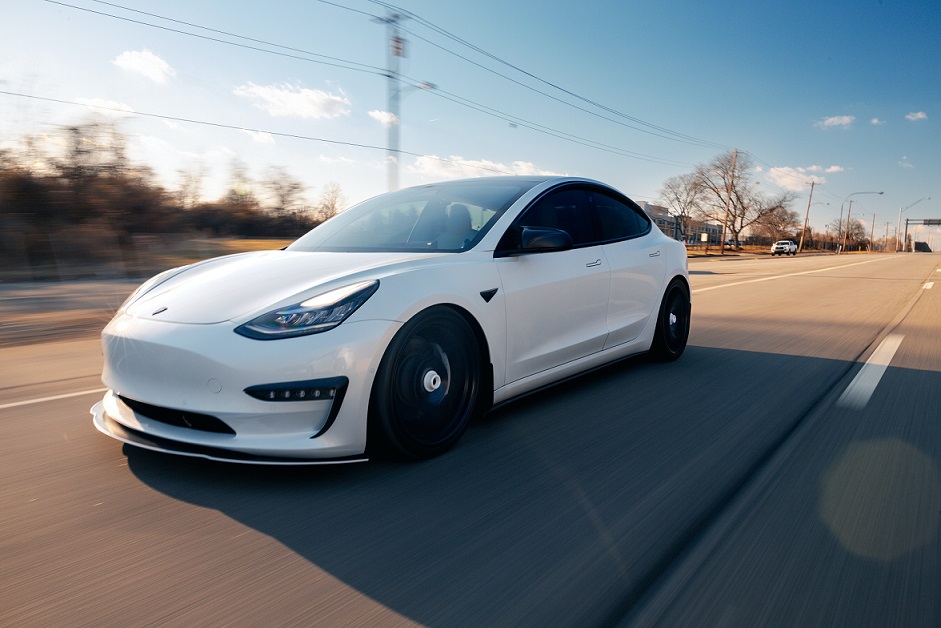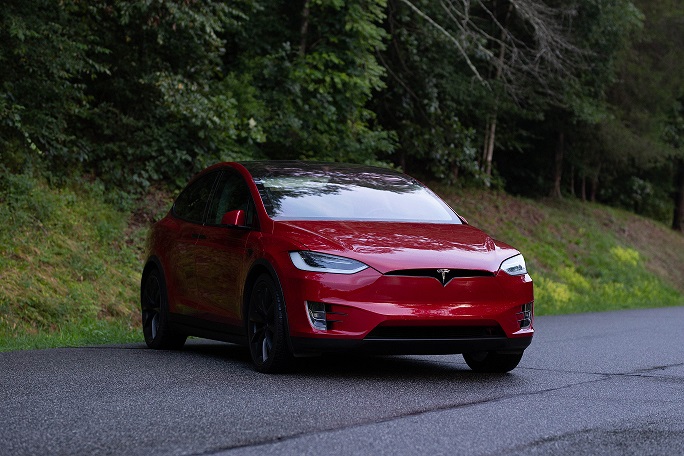How EV Charging Works?
Electric vehicles (EVs) are becoming increasingly popular as a sustainable alternative to traditional gasoline-powered cars. One of the biggest concerns with EVs is their range and the availability of charging stations. In this article, we will explore how electric vehicle charging works and the different types of charging available.
First, it’s important to understand that EVs are powered by rechargeable lithium-ion batteries. The batteries store energy that is used to power the vehicle’s electric motor. Just like a smartphone or laptop battery, the battery in an EV needs to be recharged once it runs out of power.
Charging an EV is a simple process. You can either charge it at home using a wall-mounted charger or at a public charging station.
The type of charging available and the time it takes to charge an EV varies depending on the type of charger.
Level 1 Charging | EV Charging
Level 1 charging is the slowest and simplest type of charging, and it uses a standard 120-volt household outlet. This charging method is best suited for vehicles with smaller batteries, such as plug-in hybrids or electric motorcycles. Level 1 charging can take up to 12 hours to fully charge a battery, depending on the size of the battery.
Electric Vehicles FAQ : The Answers to All Your EV Questions
Level 2 Charging | EV Charging
Level 2 charging is faster than level 1 charging and uses a 240-volt outlet, similar to the ones used for large appliances like an electric dryer or oven. Level 2 charging is best suited for home charging stations or public charging stations found in parking garages, hotels, or shopping malls. Level 2 charging can take between 3 to 8 hours, depending on the battery size.
DC Fast Charging | EV Charging
DC Fast Charging, also known as level 3 charging, is the fastest charging method currently available. It uses a high-powered charging station that delivers DC current directly to the battery, bypassing the onboard charger. DC Fast Charging can charge an EV to 80% capacity in just 30 minutes, making it ideal for long-distance travel or quick top-ups. However, this type of charging is not recommended for daily use, as it can put more strain on the battery and reduce its lifespan.
To charge an EV, you need a charging cable that connects the vehicle to the charging station. The cable has two connectors: one that plugs into the charging station and the other that plugs into the EV’s charging port. Once the cable is connected, the charging process begins. – EV Charging
During the charging process, the EV’s onboard charger converts the AC power from the charging station into DC power that can be stored in the battery. The charger also regulates the charging rate and monitors the battery’s temperature and voltage to ensure safe and efficient charging. – EV Charging
EV charging can be controlled and monitored through various means, including mobile apps or websites. Many EV manufacturers offer their own apps or services that allow drivers to schedule charging sessions, monitor charging status, and receive notifications when the charging is complete.
In conclusion, electric vehicle charging is a simple process that can be done at home or at public charging stations. The time it takes to charge an EV depends on the charging method and the size of the battery. Level 1 charging is the slowest and simplest type of charging, while level 2 charging is faster and more convenient for daily use. DC Fast Charging is the fastest charging method and is best suited for long-distance travel or quick top-ups. By understanding how EV charging works and the different types of charging available, EV owners can make informed decisions about where and when to charge their vehicles.




